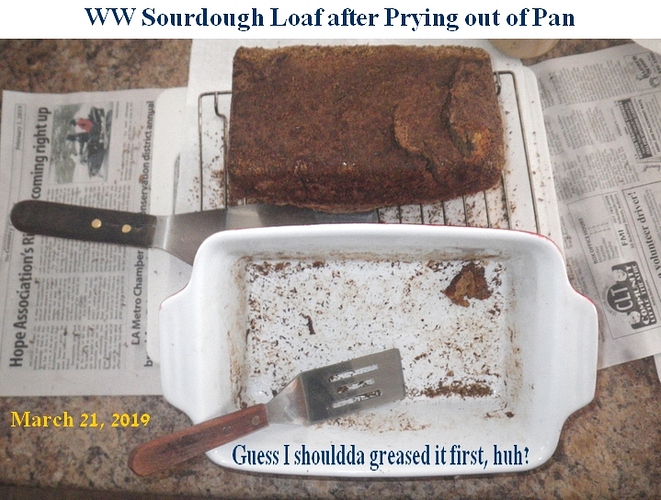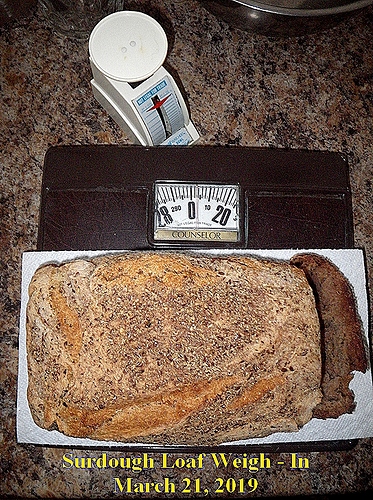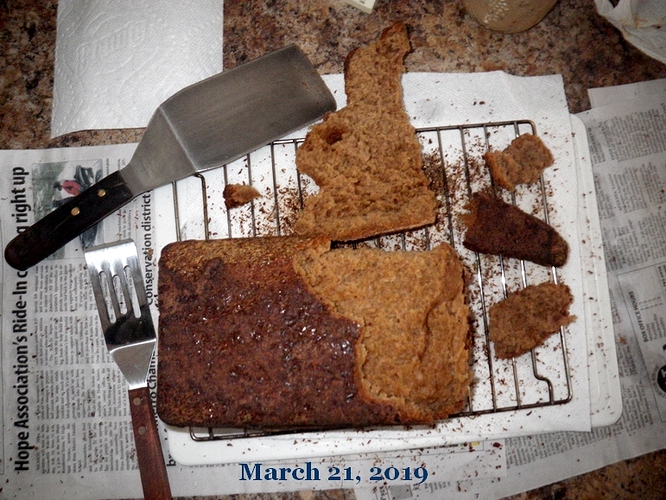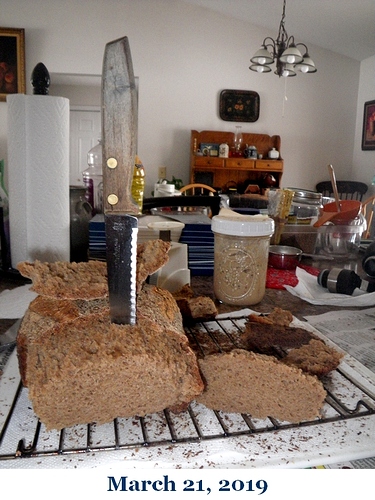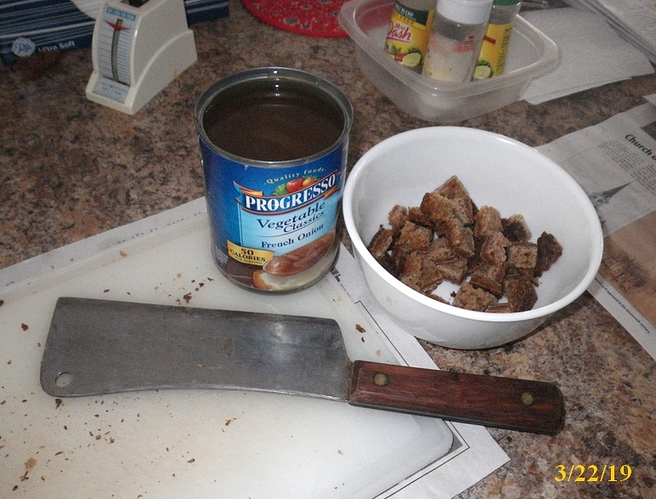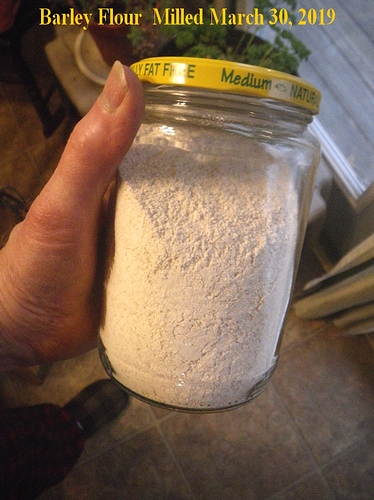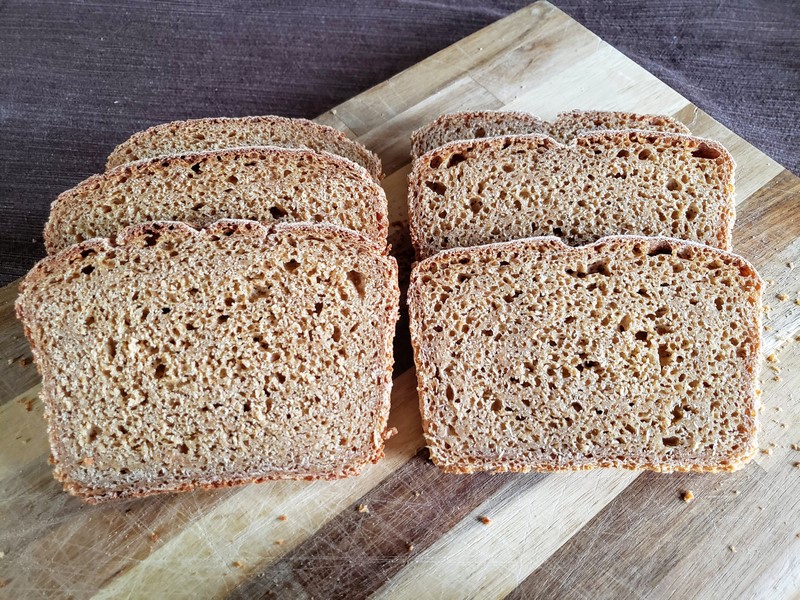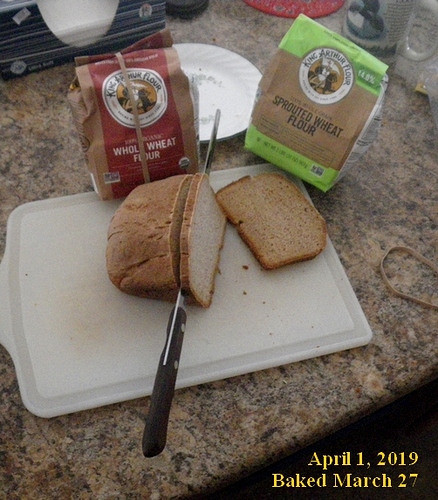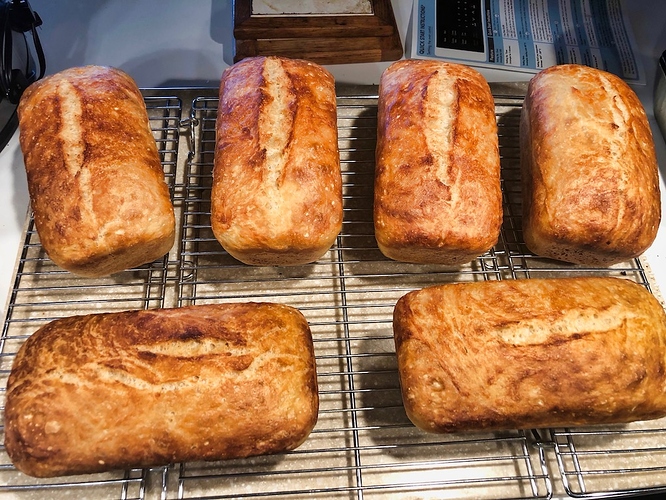Hello Jaque,
You do have some great tools for baking. I have wished I had a grain mill just “because”, meaning a fun experiment, but I don’t have one because it really is an extravagance for me.
Here is the bad news about einkorn–it is a very early prototype of wheat as we know it today. It does have gluten, just not the type that forms a good structure to capture the carbon dioxide that any type of yeast gives off. That is why einkorn needs to be used with some kind of “modern” wheat flour to get it to leaven (or rise) in bread baking.
The good news is that just like barley cakes, if you want an unleavened bread, you can use 100% einkorn. In fact this was the most common type of “bread” that ancient wheats and other grains were used to make–just flat unleavened cakes of dough. If you get the formula of water to flour right and don’t bake them too long, they can be more like a tortilla or any other flatbread, and very edible. The einkorn will still contain gluten though.
I use barley flour too, just not more than say 25%, along with some other gluten containing flour. I like its taste a lot. I would probably like it in the form of barley cakes as well, and I may just try it that way since you have reminded me! I have a little bag of barley flour that I ordered from Bob’s Red Mill that needs to be used up before it goes stale. I will probably put some olive oil or lard in the dough though, like making tortillas. Besides taste, adding a small amount of some kind of fat makes the dough much easier to manipulate and will make the bread not go stale as quickly.
Oat cakes that used to be a staple in Scotland, Ireland and Northern England are made the same way–just oat flour, water and salt. Oat flour, like barley flour, has zero gluten in it. I don’t like the oat cakes much even though I love cooked oatmeal. I think they must be an acquired taste from a young age.
I grew up from childhood eating unleavened whole wheat flour “bread” my mother made for religious occasions owing to some biblical reference to it. I still love whole wheat flour used that way, but nobody in my own family will eat it–they consider it really awful tasting. Tortillas are just flour, water, some oil or lard, and everyone seems to love them, including me, and they are totally unleavened. I believe you could use any type of flour (for instance, the barley flour you have just milled) to make a tortilla-like “bread”.
You just have to experiment, exactly like you are doing right now. You could also use brown rice flour or oat flour or some of the other fancier non-wheat, non gluten grains popular right now in the same way. Food for thought if you are wanting to make a healthy bread product for your children, grandchildren or yourself that contains whole grains and is also gluten-free.
Would they eat it if it is unleavened–who knows? Worth trying anyway.
There are pre-mixed gluten free substitutes for wheat flour that you can use with commercial yeast and sourdough yeast, but I have never used them. I see boxes in the grocery store that say they will make a gluten-free risen loaf of bread that looks just like a risen wheat loaf. I don’t know if they contain whole grains or refined grains, though.
I would like to hear how the barley cakes turn out, so I hope you post about the results when you make them.
If you decide to return to bread making efforts with either regular yeast or sourdough yeast, I wanted to tell you that I happen to have an extra digital scale that I quit using because it doesn’t use regular batteries, and when it stopped working I thought it was broken so I got a scale that uses AA batteries. I did replace the small lithium batteries in it just this week because otherwise it is useless to me or anyone else. It is working just fine now, and the batteries last a long time–much longer than AA batteries. I would be happy to send it to you just to put it back in use and help out a fellow bread maker. I think you would find it makes a huge difference to measure your flour and water by weight instead of cups. At least I did.
Cheers
